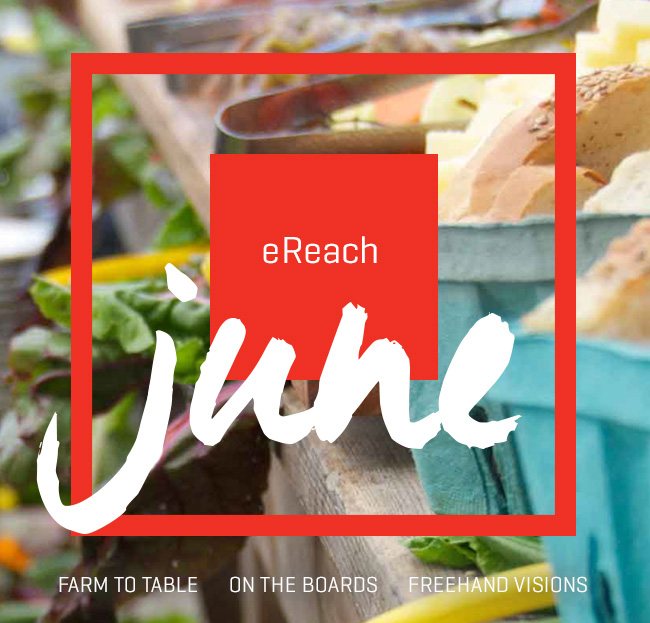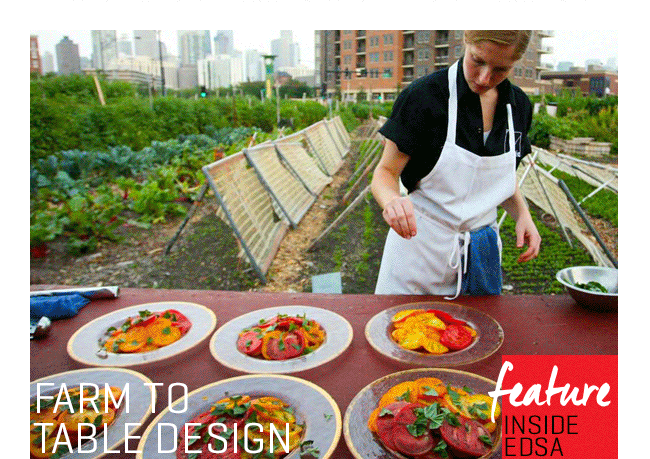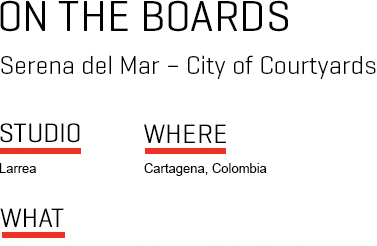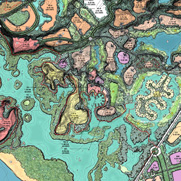At the turn of the 20th century, most diets were composed entirely of food that was grown within a 50 mile radius from one's home. But, as the Industrial Revolution progressed and populations migrated to hustling cities, the proximity and availability of local food sources dwindled. While growth of highways improved shipping and delivery schedules, keeping the food viable became the top priority, not its nutritional value. Fruits and vegetables were picked before they were ripe and convenience ruled in American households, with TV dinners and fast food becoming the norm.
The recent explosive growth of the farm to table movement is bringing this trend full circle, taking us back to our rural roots and putting the focus on quality over convenience. The first true farm to table restaurants cropped up in the 60s and 70s, a by-product of the hippie movement, and desire for organic, local, and natural food. But its true success began about a decade ago, when progressive cities, communities, and resort destinations began to embrace the forward-thinking concept for locally grown food and its positive effects on one's health and well-being.
Today, industry trends are leaning heavily towards gardens and green spaces that encourage a more meaningful link to the environment and social awareness. Farm to table design means less transport, fuel, and shipping. This reversal in food production thinking and alternative land usage has had lasting impacts on design, as resorts, mixed-use centers, and residential communities aim to attract new consumers and reduce our environmental footprint.
Showpiece parks with exotic, difficult to maintain species or those with unengaging, static designs are falling by the wayside, while productive, dynamic green spaces are gaining momentum. A key component to these modem gardens is their ability to affect a community on both a social and aesthetic level. Whether a neighborhood cafe obtains organic ingredients from local gardens, urban youth cultivate vegetable gardens, or a 5-star resort establishes rooftop gardens and local, seasonal cuisine, more of the world's developments are demanding some level of collaborative green space.
Knowing what is important to the consumer must be balanced with the goals and ambitions of sustainable development. The pressure to identify and capitalize on opportunities to create more interactive green space must be considered within the bigger context of overall site planting, water and irrigation usage as well as maintenance and development of crops. Solutions in the form of green houses, hydroponics, and advanced water filtration systems have yielded impressive results. This guarantee of fresh, locally grown produce holds major appeal to residents and visitors alike. While gardens add to a community's character-defining experiences, and drawing more people into local businesses as well as establishing a closer connection to nature.
As long as people have a desire to work the land in addition to embracing healthy eating habits, the draw for farm to table opportunities and a holistic relationship with nature will only strengthen how we design and accommodate for these growing needs will reinforce society's demand for holistic food source alternatives.
For more information contact us directly at info@edsaplan.com.








